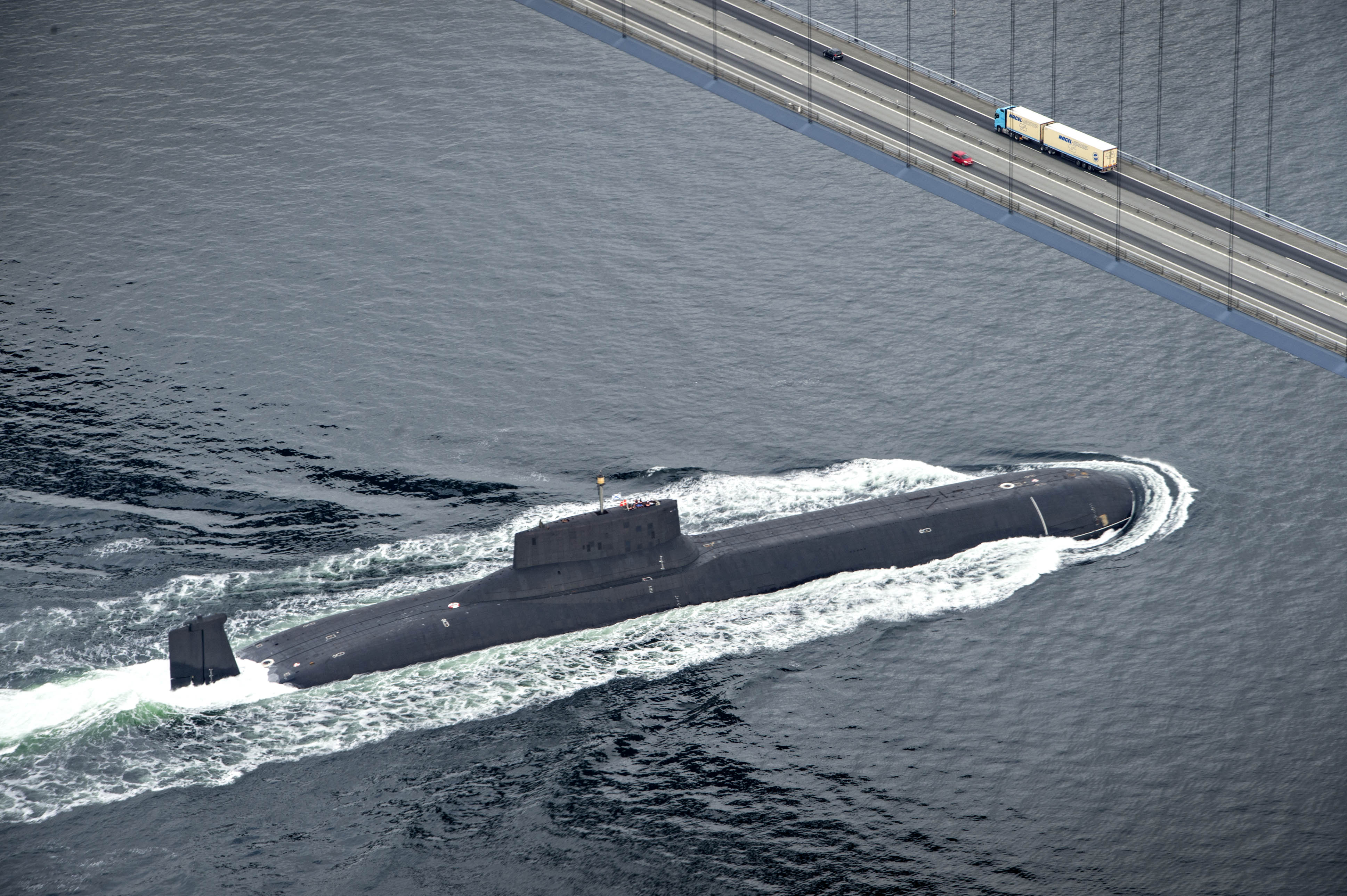The U.S. urgently needs to revamp its conventional and nuclear weapons capabilities if it hopes to deter—or defeat—Russia and China in coming years, according to a report released on Friday by a bipartisan congressional committee.
The report is the product of a yearlong review by the Congressional Commission on the Strategic Posture of the United States for 2027-2035 when the country will face two nuclear peer adversaries with revisionist agendas in Beijing and Moscow. This sea change has put Washington on the back foot and requires a “whole-of-government” effort to reclaim a strategic advantage, the report says.
The global “security environment” has deteriorated over the past decade, the authors wrote. Russia is upgrading its nuclear arsenal, the largest in the world, with talk in Moscow of a possible nuclear strike amid the country’s ongoing war in Ukraine causing widespread concern.
Meanwhile, Beijing has its sights set on becoming the world’s top military power by 2049, the centennial of the People’s Republic of China. The country is building up its nuclear stockpile at an unprecedented rate, with its estimated 400 warheads in 2021 set to balloon to 1,000 by 2030.
China is also expanding its reach in other domains, including cyber espionage, electronic warfare, space, and biological and chemical materials with weapons potential. The world’s second-largest economy, with its formidable “Rocket Force” and the world’s largest navy by ship count, is also doubling down on its ability to deny American military forces access to potential flashpoints in the Asia-Pacific, such as Taiwan.
The authors forecast these U.S. rivals will continue to step up cooperation via weapon transfers and joint exercises, even if they stop short of a formal military alliance. In the face of this dual threat, the authors made recommendations for a “safe, secure, reliable, effective” deterrent to nuclear conflict.
For starters, Washington must quicken the pace of its nuclear force modernization. This would include replacing aging nuclear delivery systems, increased funding for the industrial base underpinning nuclear production, and new training programs to support the resulting labor demand.
The committee also said the U.S. and allies should ensure they are equipped with ample non-nuclear weapons, such as conventional missiles for precision strikes to deter or defeat “simultaneous Russian and Chinese aggression in Europe and Asia.” Otherwise, the country would have to lean more on the threat of nuclear war for deterrence.
Defense analysts in some quarters have pushed back on these recommendations, however, saying it would commit the country to a new arms race.
In a response to the report, the Federation of American Scientists think tank pointed out that the recommended armament efforts would goad Russian and China into producing even more warheads and weapons systems.
The think tank argued the range of U.S. strike options has never been more flexible and cast doubt on the report’s “false dichotomy between conventional and nuclear forces.” Furthermore, the commission’s insistence on making an American nuclear arms buildup a prerequisite to any future agreements on limiting them “constitutes a recommendation to participate in an arms race, and then figure out how to control those same arms later.”
“If U.S. adds warheads to [intercontinental ballistic missiles] and [submarine-launched ballistic missiles] and builds more ballistic missile submarines, B-21 bombers and [long range stand off] missiles, what does Commission expect Russian and China to do?” former U.S. Ambassador to Ukraine Steven Pifer wrote on X, formerly Twitter, of the commission’s recommendations.

